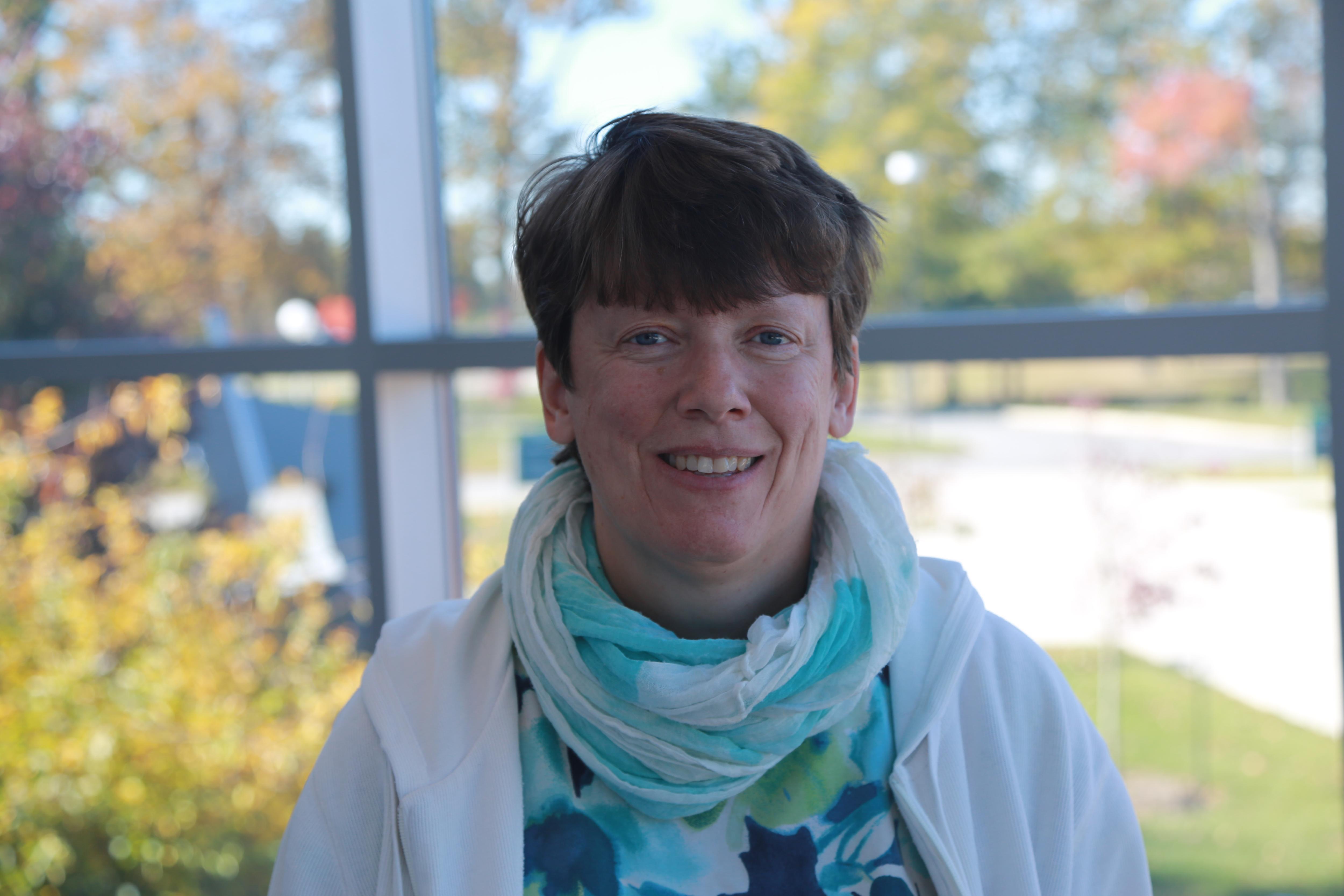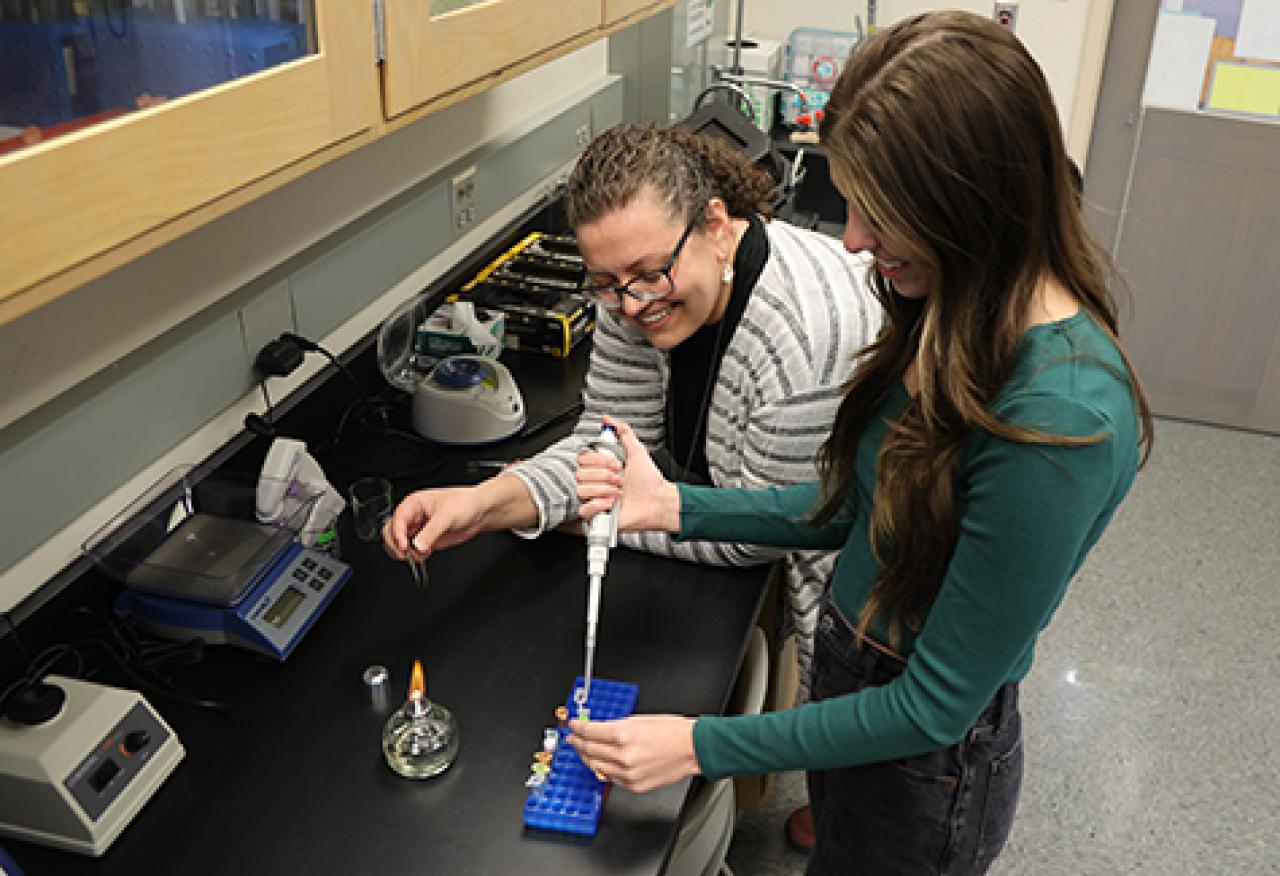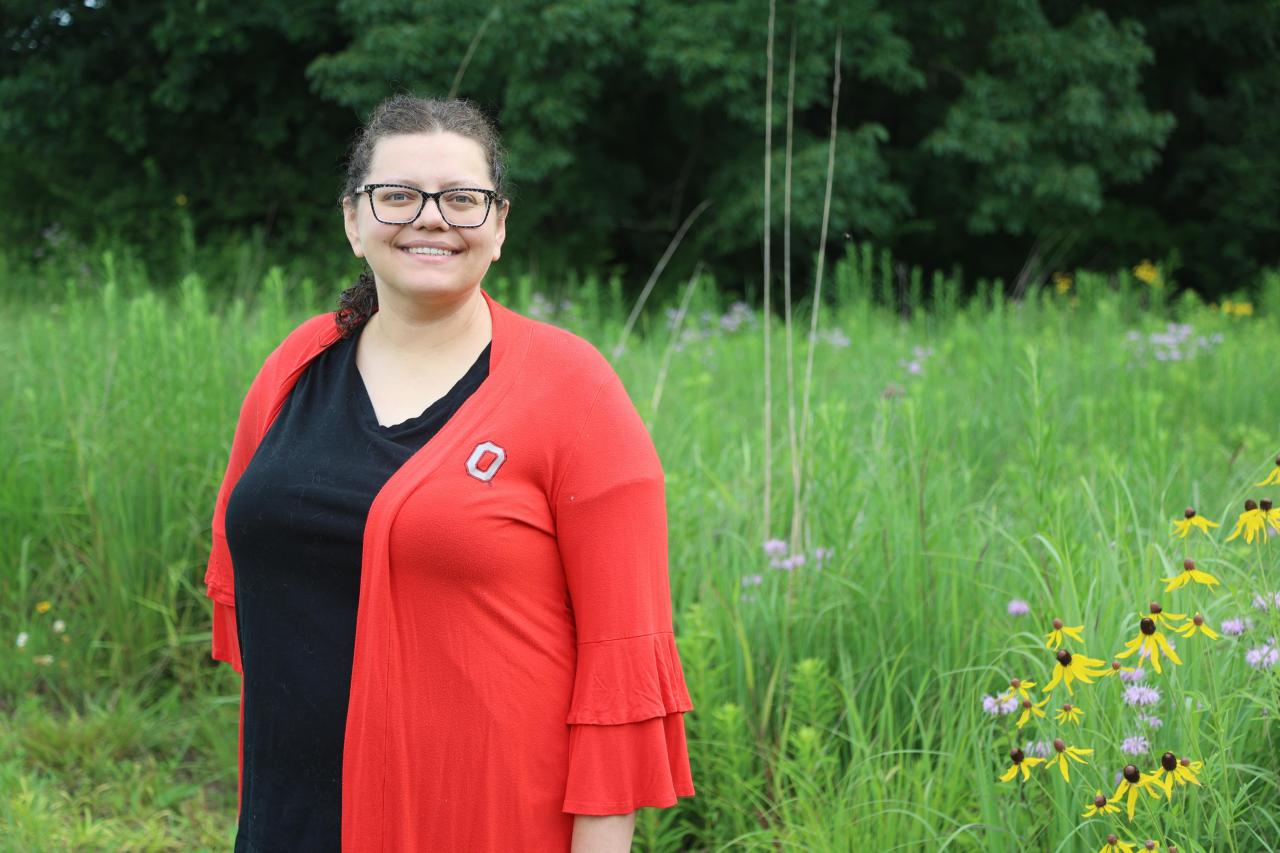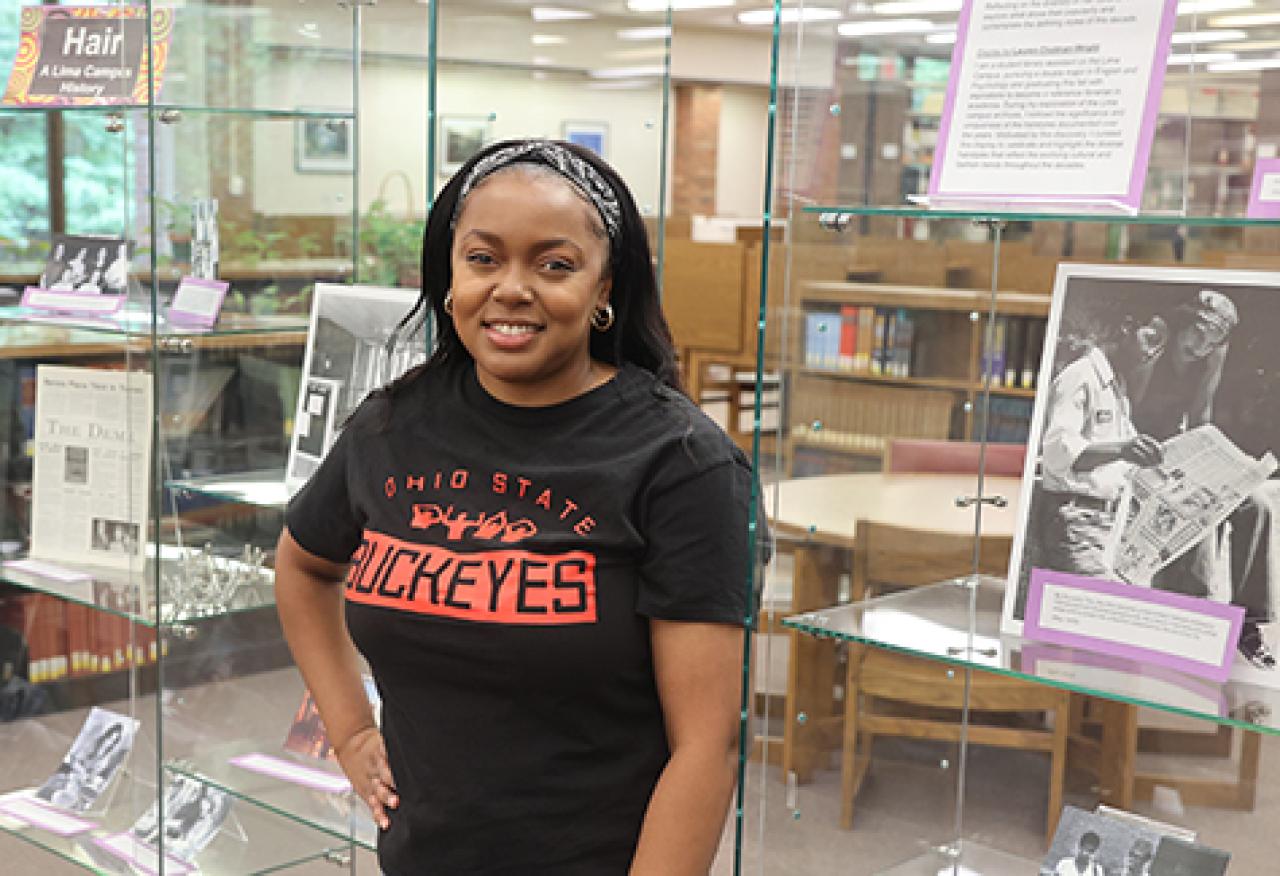Sabine Jeschonnek, professor of physics, will use a $10,000 grant from the Undergraduate Research Access Innovation Seed Grant program to give more Ohio State Lima students a chance to do undergraduate research. Jeschonnek is the undergraduate research coordinator on campus and her grant is the latest in a series of projects designed to make research accessible to a broad range of Ohio State Lima students.
Her successful project “Computational Methods from Physics for Research in the Natural and Social Sciences” will introduce students to computational methods for answering science research questions.
Students will come away with valuable, job-ready skills in coding, and a working knowledge of computational methods that can be used to tackle both research and real-life problems.
“With computational projects, you can learn about all kinds of phenomena and data, and about writing code,” Jeschonnek said. “These are important skills for any career and profession, and the field is expanding with lots of interesting jobs becoming available. And the science is pretty cool, too!”
Some of the research projects Jeschonnek anticipates that students will explore to start with include projectile motion with air resistance, three-body systems and chaos for physics, astronomy and engineering majors; predator-prey models, the spread of epidemics and protein folding for biology majors; and the spread of bank collapses on a network for business majors.
While students will implement the appropriate computational methods and change the parameters for their chosen research questions, it is Jeschonnek who will develop the numerical methods and computational approaches that underlie the research simulations.
“Students can explore simulations of different processes and find out what happens when certain parameters are changed. In this way, they can learn how a research project is structured and that we aim to learn about mechanisms, how they work, what the connections are, ie if we change X, what will happen to Y?” Jeschonnek said.
Jeschonnek’s project is not a for-credit class, but students will be in the lab or classroom for two hours each week learning about what research is and how they can successfully do it. The flexible extracurricular activity lets students try research out before committing to an individual research project.
“Our students will be able to complete a research project like this in a fairly short time frame, several hours. They will also be able to do this at a time that's convenient to them, and simply ask me for help or background information. It's not a huge commitment, so it will be more feasible.”
* * *
The Office of Academic Affairs at The Ohio State University awards Undergraduate Research Access Innovation Seed Grants of up to $10,000 to support faculty in developing and launching undergraduate research experiences at The Ohio State University.



